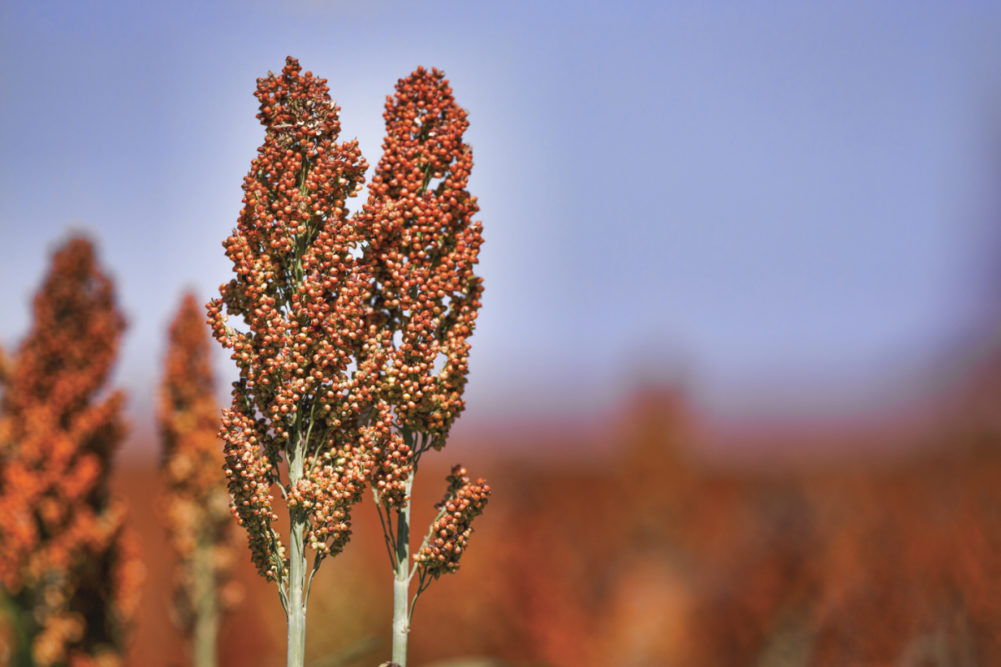WASHINGTON, DC, US – The US Environmental Protection Agency (EPA) on June 30 reopened the finalized re-registration of atrazine, a widely utilized herbicide in corn and sorghum production, and is proposing to replace the approved 15 parts per billion (ppb) concentration equivalent level of concern (CE-LOC) in the aquatic assessment with the ultra-low 3.4 ppb CE-LOC proposed in 2016.
An organization representing US sorghum growers said the severely restricted level is not supported by credible scientific evidence and would have a devastating impact on farmers.
“National Sorghum Producers (NSP) strongly disagrees with the EPA’s proposed level of concern for atrazine,” NSP Chairman Kody Carson, a sorghum farmer from Olton, Texas, US, said. “Farmers cannot meet the climate goals set forth by the (Biden) administration if we do not have tools like atrazine that allow us to farm effectively and more efficiently.
“Despite thousands of comments from growers and the agriculture community containing years of usage and monitoring data that contradict EPA’s ill-founded 2016 proposal, the agency went ahead with a CE-LOC that is not supported by the evidence. We are, however, encouraged the EPA has committed to an ‘external peer review’ and are hopeful the EPA will use a Scientific Advisory Panel to use the best quality research to get the CE-LOC right.
Carson noted that atrazine is the most studied agricultural chemical in the US and “has been a proven and dependable herbicide for close to 60 years.”
NSP said it is actively seeking input from its grower community alongside its partners at the Triazine Network, a coalition of agriculture groups that have been involved in regulatory issues related to triazine herbicides since 1995. The proposal (EPA-HQ-OPP-2013-0266) is published in the Federal Register, and EPA will accept public comments for 60 days.
“This is a tool our farmers cannot stand to lose,” said Tim Lust, chief executive officer of NSP. “Climate-smart agriculture relies on tools like atrazine particularly for sustainable farming practices like conservation tillage and no-till.
“Some estimations show greenhouse gas emissions associated with farming rise by almost 40% without it. This underscores the importance of having a united and vocal showing this summer from our farm community about the importance of this important crop-protection tool.”
Chris Edgington, president of the National Corn Growers Association (NCGA) also expressed disappointment in the EPA’s decision.
“We can feed and fuel the world and fight climate change, but we can’t do these things without modern farming tools, and atrazine is a tool that is critical to our work,” Edgington said.
He added that this latest development “marks a step backward in EPA’s commitment to transparency and the use of the best available science.”
However, he noted that EPA listened to growers’ requests and agreed to additional scientific review and that NGCA was committed to work with EPA in that process.
The 2020 atrazine re-registration, which began in 2013, concluded the review process that is conducted every 15 years. The 15 ppb CE-LOC was approved in September 2020. NSP said the EPA used an activist court case against the agency to revisit the level of concern, which led to the proposed, ultra-low 3.4 ppb CE-LOC.
The draft proposal is available at regulations.gov, and NSP is encouraging its members to comment on the issue by visiting SorghumGrowers.com.



